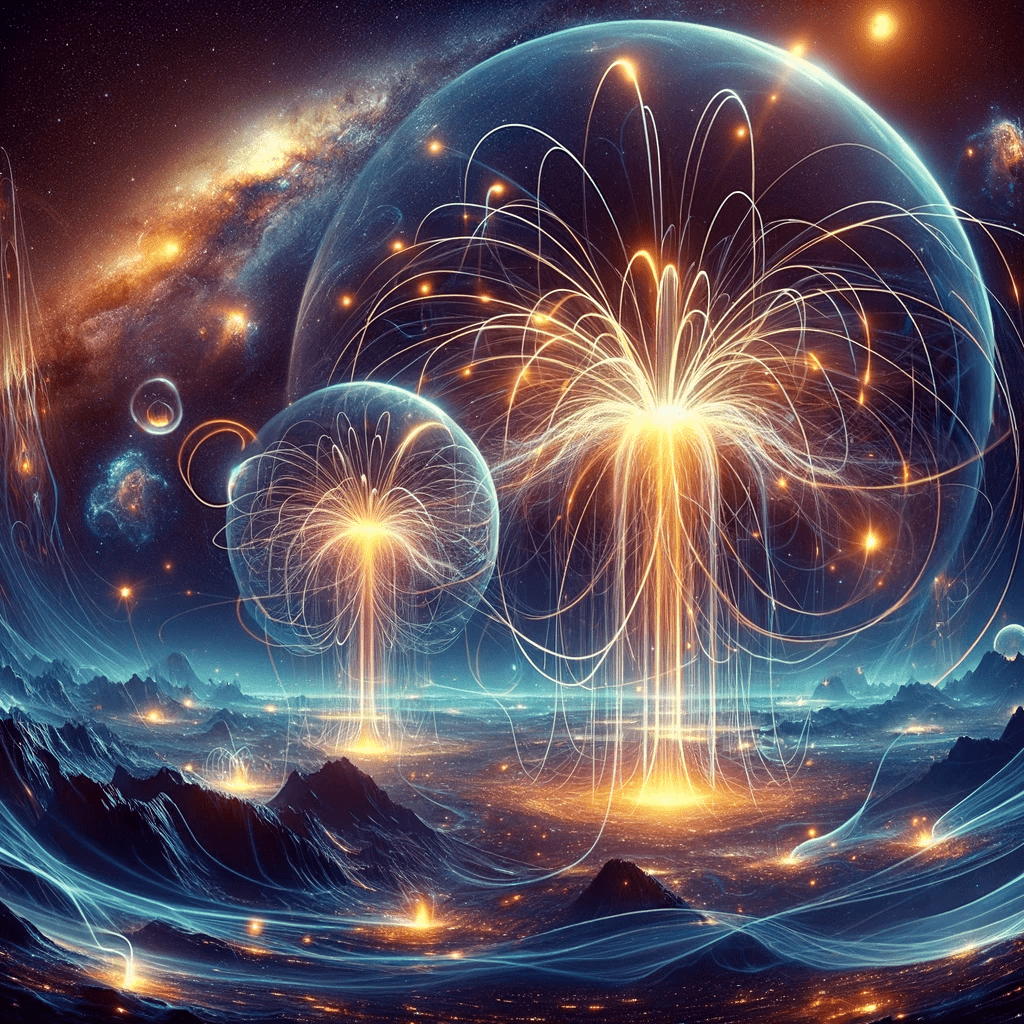Physics of the Plasma Universe

“Physics of the Plasma Universe” is a book that explores the properties and dynamics of plasma, a state of matter that is commonly found in the universe. The book was written by Anthony Peratt, a physicist who has worked on plasma physics for over three decades. It was first published in 1992 and has since become an influential work in the field.
The key claim of the book is that plasma, which is made up of charged particles, is the most prevalent state of matter in the universe. According to Peratt, plasma is found in stars, galaxies, and other celestial bodies. He argues that understanding the properties and behavior of plasma is crucial for understanding the structure and evolution of the universe.
One of the important concepts discussed in the book is the phenomenon of plasma filaments, which are long, thin structures of plasma that are observed in many parts of the universe. Peratt claims that these filaments play a crucial role in the formation of galaxies and other large-scale structures in the universe. He also argues that plasma filaments can explain many of the observed phenomena in astronomy, such as radio galaxies, quasars, and gamma-ray bursts.
Another key claim of the book is that plasma has a unique set of properties that make it very different from the other states of matter. Peratt discusses these properties in detail, including the fact that plasma can conduct electricity, generate magnetic fields, and exhibit self-organizing behavior. He argues that these properties make plasma a fascinating subject of study, and that understanding them could lead to many important technological applications.
The book also explores the role of plasma in the Earth’s environment, including the ionosphere and the magnetosphere. Peratt claims that plasma plays a crucial role in many natural phenomena, such as the aurora borealis, and that understanding the behavior of plasma in these regions could help us better predict and mitigate the effects of space weather.
The book features contributions from several other prominent physicists, including Hannes Alfvén, who was awarded the Nobel Prize in Physics in 1970 for his work on magnetohydrodynamics, a branch of plasma physics. Alfvén’s contributions to the book include a chapter on the history of plasma physics and a discussion of the role of plasma in the universe.
Other important contributors to the book include Peratt’s colleagues at the Los Alamos National Laboratory, where he worked for many years. These include Brian H. Bloom, who wrote a chapter on the properties of plasma waves, and William L. Kruer, who wrote a chapter on the use of plasma in fusion energy research.
Since its publication, “Physics of the Plasma Universe” has become an influential work in the field of plasma physics. It has been cited in numerous research papers and has inspired many other books on the subject. Some of the notable books that have been written about this book include:
- “Plasma Physics and Fusion Energy” by Jeffrey P. Freidberg: This book is a comprehensive introduction to plasma physics and its applications in fusion energy research. It cites “Physics of the Plasma Universe” as a seminal work in the field.
- “Introduction to Plasma Physics and Controlled Fusion” by Francis F. Chen: This book is another popular introduction to plasma physics, and it also cites “Physics of the Plasma Universe” as a key reference.
- “The Plasma Universe” by Anthony L. Peratt: This book is a follow-up to “Physics of the Plasma Universe” and explores some of the same topics in greater detail. It includes new research and insights into the properties and behavior of plasma.

